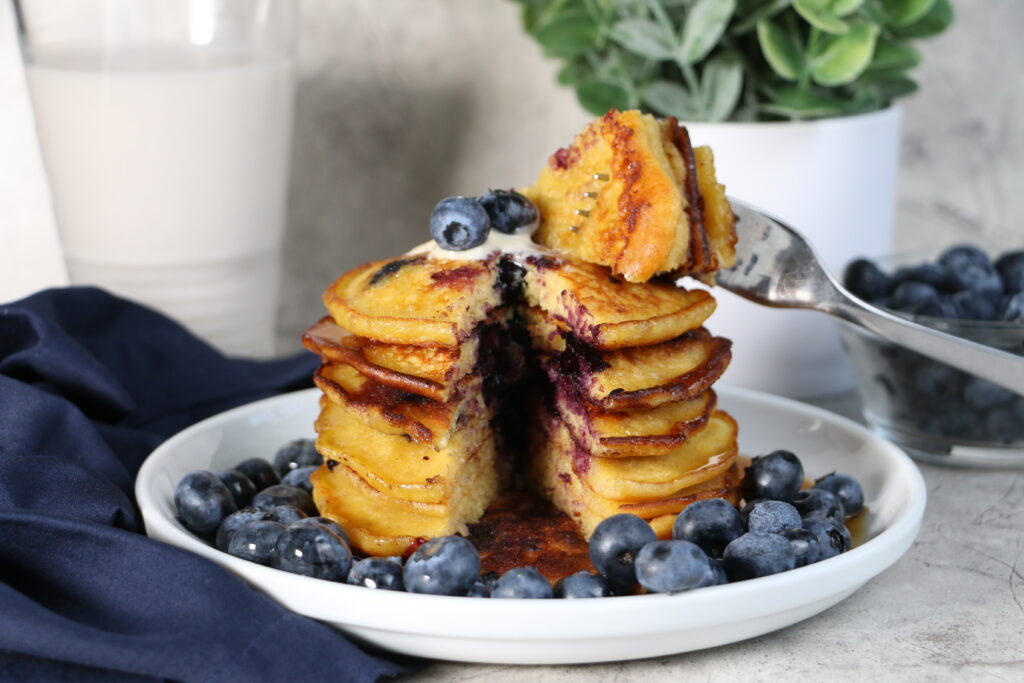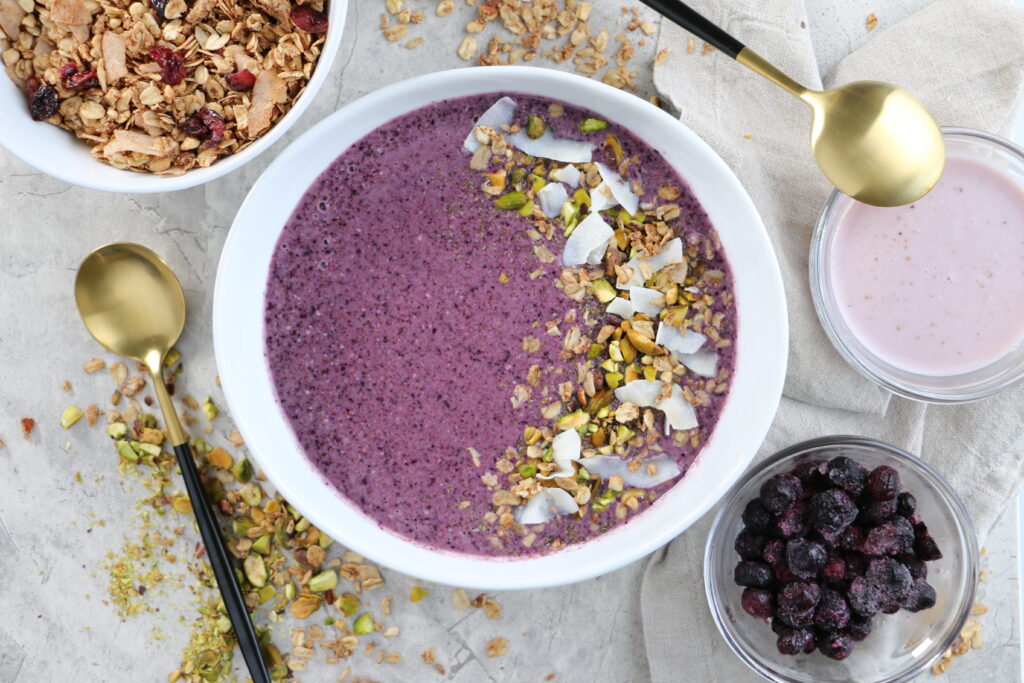5 Tips to Stay Active During the Holiday Season
Staying on top of your workout routine can be challenging on a normal day, let alone during the holiday season. From afterwork holiday parties, weekend festive dinners, family obligations and the push to complete a never-ending to-do list, it can seem impossible to fit in your daily workout. Amidst the busyness of the season, it’s …










